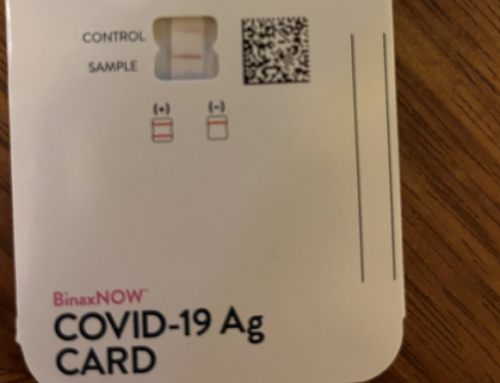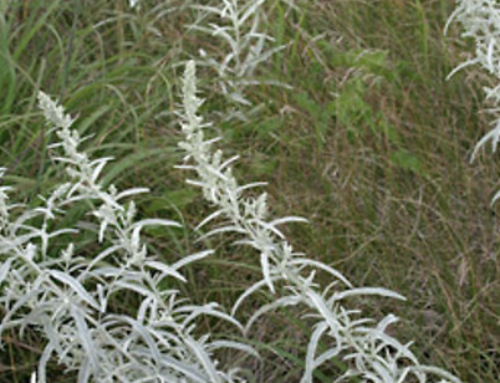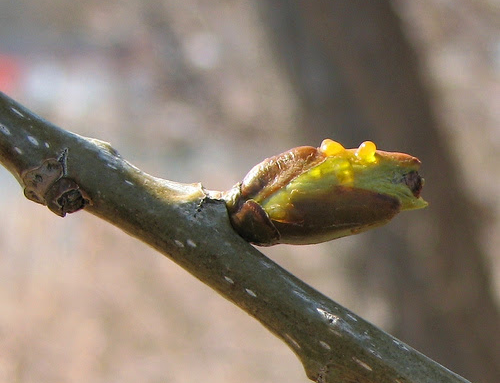Adapted from Sandor Katz, Wild Fermentation
Ingredients:
- 5 pounds cabbage (or other veggies)
- 3 tablespoons salt
Directions:
- Chop or grate cabbage, finely or coarsely, however you like it.
- Place cabbage in a large bowl and sprinkle with salt. Use more salt in the summer, less in the winter.
- Add any other veggies, spices, or medicinal herbs you like. Some good ideas include carrots, onions, garlic, seaweed, turnips, beets, apples fresh burdock roots, fresh nettle leaves, caraway, dill, celery seeds, juniper berries, and cumin.
- Mix ingredients and pack into a crock. Tamp it down hard using fists or kitchen implements. The taping packs the kraut into the crock and helps force water out of the cabbage. In the dry Rocky Mountains, I find I need to add a bit of extra water to the cabbage to make sure that the salty brine is completely covering the vegetables. If you need to add water, add about 1 tablespoon of salt to 1 cup water and stir until it’s completely dissolved.
- Cover kraut with a plate or some other lid that fits snugly inside the crock. Place a clean weight (such as a glass jug filled with water) on the cover. This weight is to force water out of the cabbage and then keep the cabbage submerged under the brine. Cover the whole thing with a cloth to keep dust and flies out.
- Press down until the brine rises above the cover.
- Leave the crock to ferment in an unobtrusive corner of the kitchen. If you store it in a warm location, it will ferment faster, and cool locations will ferment slower.
- Check the kraut every day or two. The volume reduces as the fermentation proceeds. Sometimes mold appears on the surface. If this happens just skim off what you can. Don’t worry about this, it’s usually just a surface phenomenon, a result of contact with the air. The kraut itself is under the anaerobic protection of the brine. Sample your kraut regularly- generally, it starts to be tangy after a few days, and the taste gets stronger as time passes. Eventually, it becomes soft and the flavor turns less pleasant.
- Enjoy! When the kraut reaches the flavor you like best, transfer it to a jar and keep it in the fridge to slow down the fermentation process.
- If you like kraut, develop a rhythm. Start a new batch before the previous batch runs out. Pour the old kraut juices over the new kraut to give it a boost with an active culture starter.





